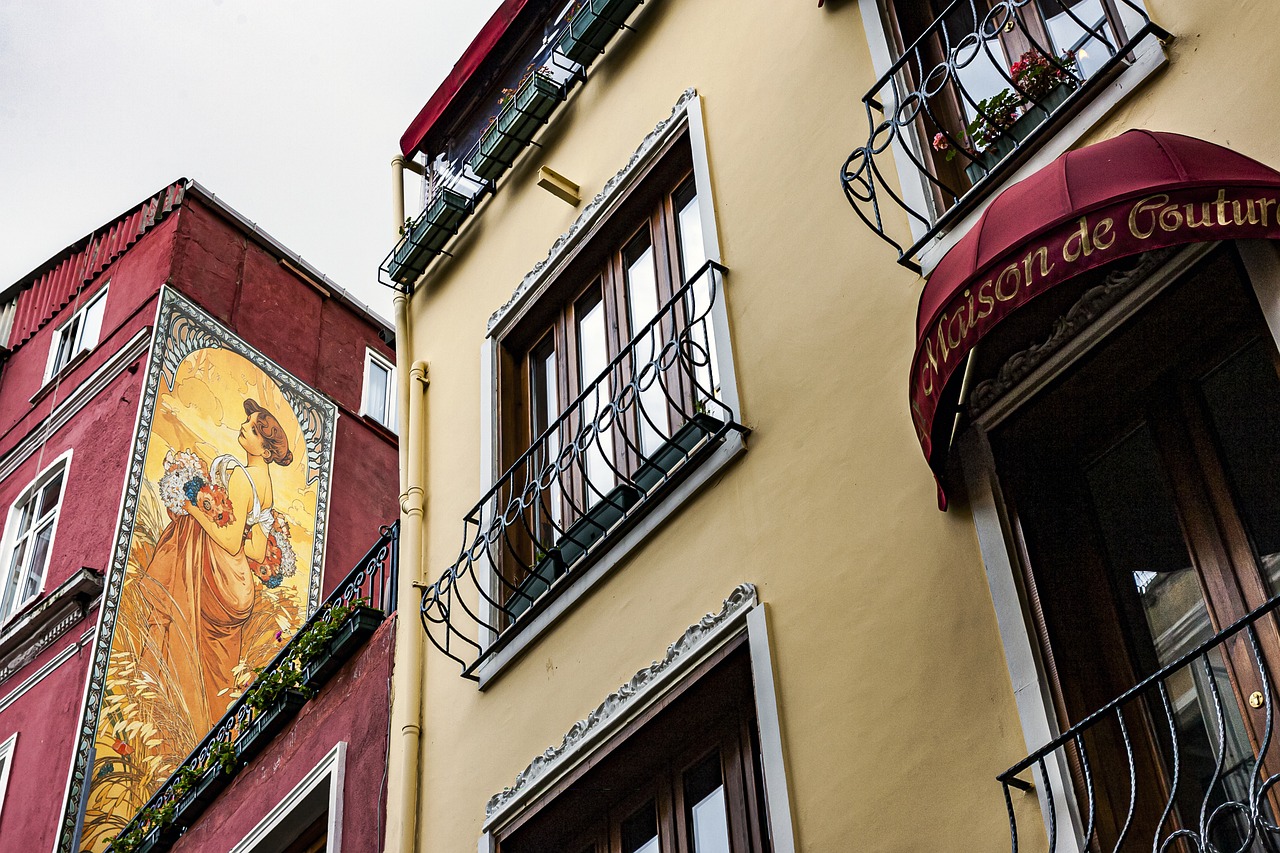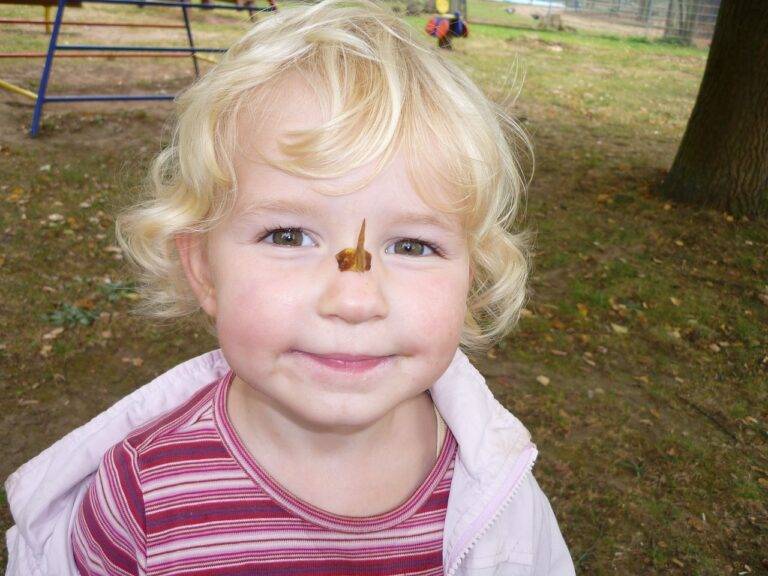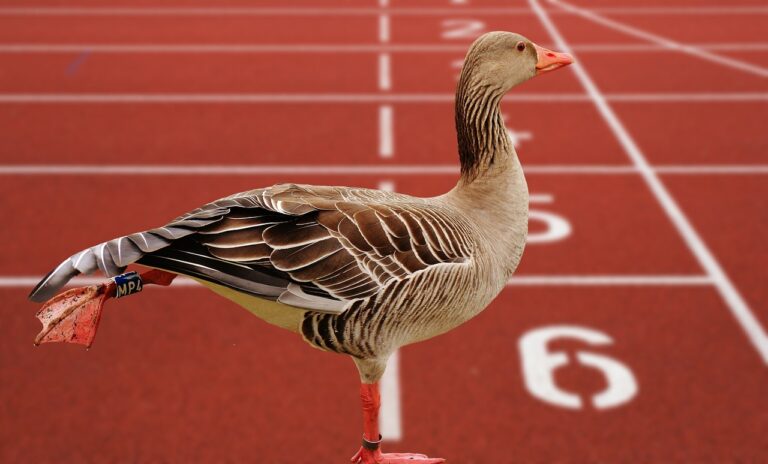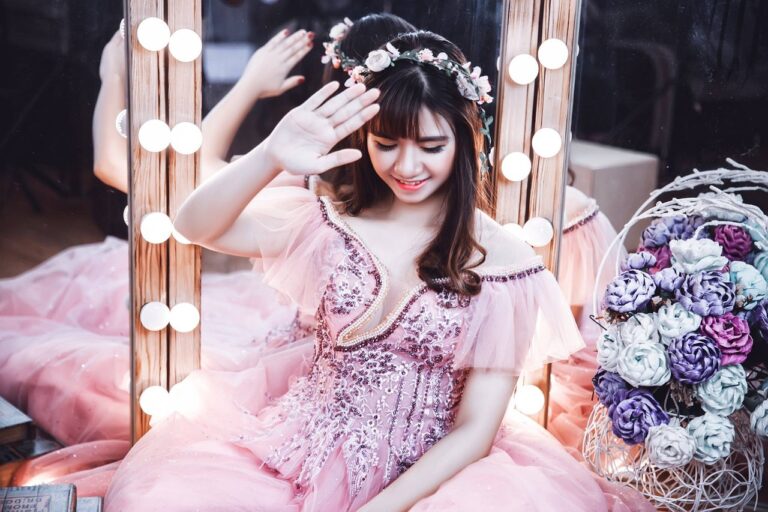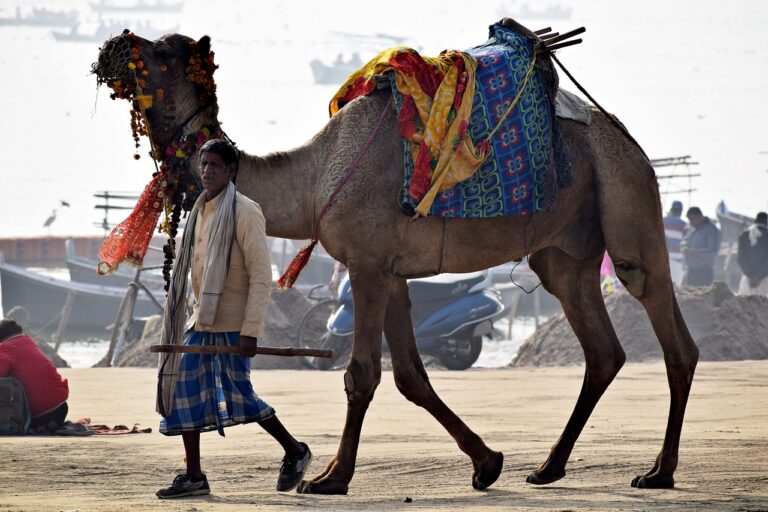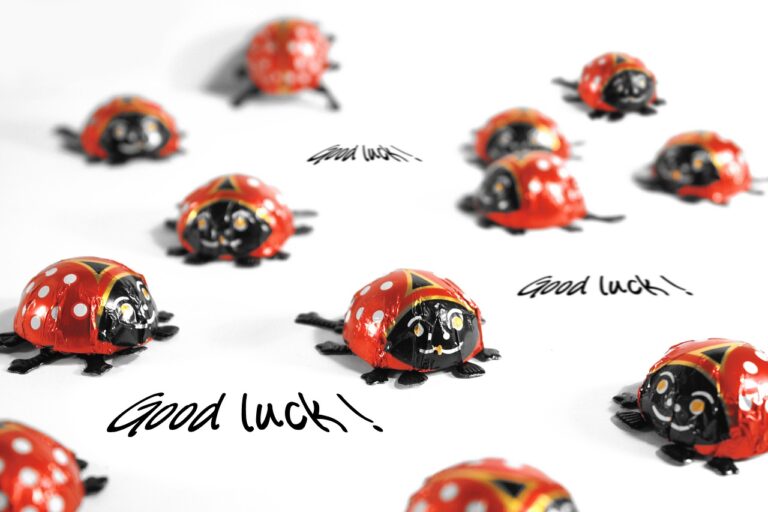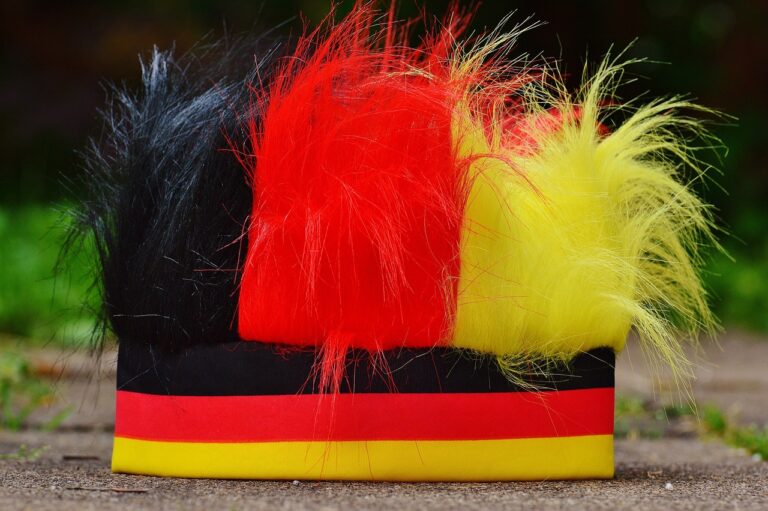The Art of Makeup in Film and Television: Transforming Actors into Characters
Makeup has played a crucial role in the world of film and television since the early days of the industry. In the early 1900s, black and white film required actors to wear heavy makeup to emphasize their features under the harsh studio lights. Pioneering makeup artists like Max Factor and George Westmore quickly became essential figures behind the scenes, creating looks that translated well on-screen.
As the film industry expanded and technology evolved, makeup techniques advanced to meet the demands of color film. The advent of Technicolor in the 1930s presented new challenges and opportunities for makeup artists to experiment with color and texture to enhance the visual experience for audiences. The use of makeup became more sophisticated, allowing actors to transform into characters through the application of prosthetics, wigs, and intricate makeup designs.
The Evolution of Makeup Techniques in the Entertainment Industry
Makeup techniques in the entertainment industry have significantly evolved over the years. In the early days of film and television, basic makeup was used primarily to enhance actors’ features and make them more visible under the harsh lighting of the time. The focus was on making actors look presentable rather than transforming their appearance to suit a particular character or role.
As technology advanced and the demands of storytelling grew more complex, makeup artists began to experiment with new techniques and materials. The introduction of color film and high-definition cameras pushed makeup artists to develop more realistic and detailed looks. This led to the rise of special effects makeup, prosthetics, and intricate designs that could completely transform actors into fantastical creatures, historical figures, or otherworldly beings. The evolution of makeup techniques has played a crucial role in bringing characters to life on screen and immersing audiences in the worlds created by filmmakers.
• With the advent of social media and streaming platforms, makeup techniques have become more visible and accessible to a wider audience
• Makeup tutorials on platforms like YouTube and Instagram have democratized the industry, allowing aspiring artists to learn new skills and techniques from professionals
• The use of CGI (Computer-Generated Imagery) in film and television has also impacted makeup techniques, with artists needing to adapt their skills to work alongside digital effects
• In recent years, there has been a greater emphasis on inclusivity and diversity in the entertainment industry, leading to more representation of different skin tones and ethnicities in makeup looks
The Impact of Makeup on Character Development
Makeup in the entertainment industry plays a significant role in transforming actors into the characters they portray on screen. Through the art of makeup, a character’s physical appearance can be altered, enhancing their personality and bringing dimension to their role. The transformation process allows actors to embody their character’s traits more convincingly, adding depth and authenticity to their performances.
Moreover, makeup not only helps actors physically resemble their characters but also aids in establishing the character’s backstory and motivations. The use of makeup can communicate important information about a character, such as their age, profession, social status, or emotional state. By carefully selecting makeup techniques, including prosthetics, aging effects, or special effects makeup, artists can create a powerful visual representation that reinforces the narrative and enriches the audience’s connection with the character.
How has makeup been used in film and television throughout history?
Makeup has been used in film and television to enhance characters, create special effects, and transform actors into different roles.
How have makeup techniques evolved in the entertainment industry?
Makeup techniques have evolved from basic applications to advanced prosthetics and computer-generated imagery, allowing for more realistic and creative character development.
What impact does makeup have on character development?
Makeup plays a crucial role in character development by helping actors physically embody their roles, express emotions, and bring authenticity to their performances.

